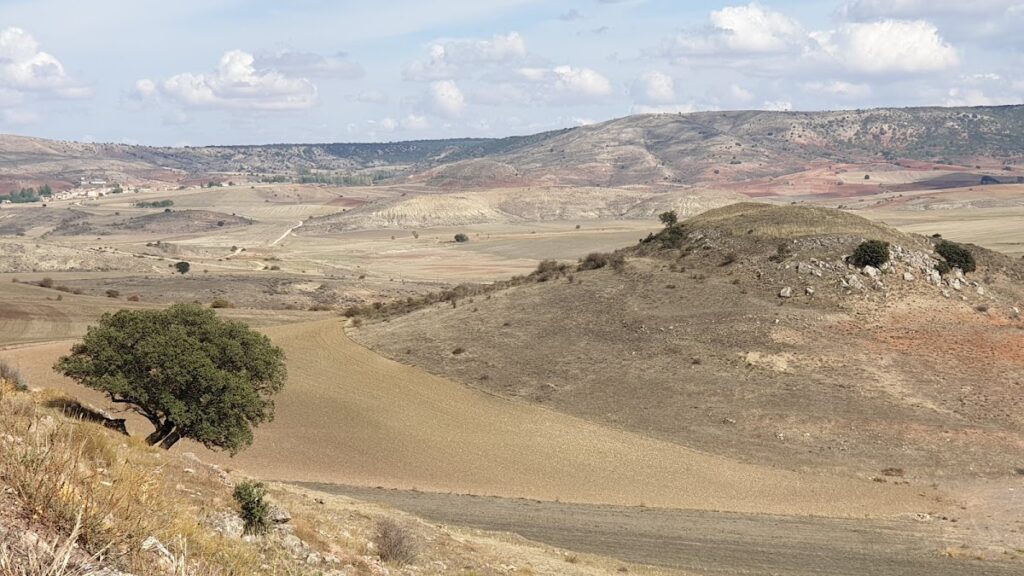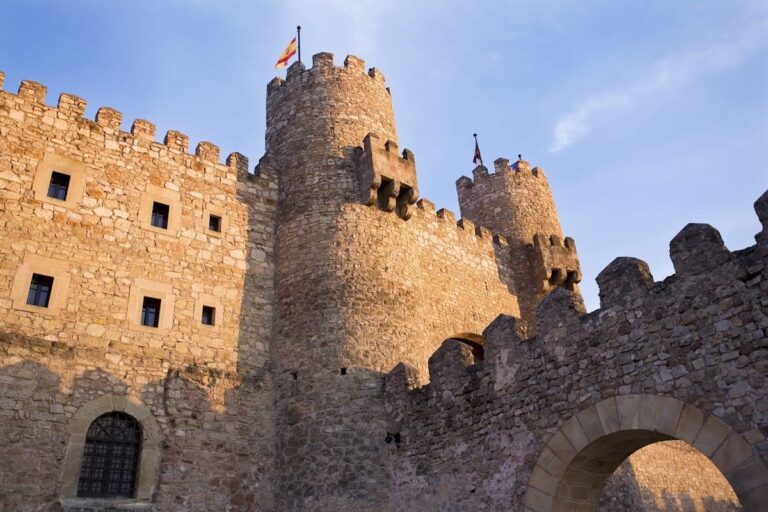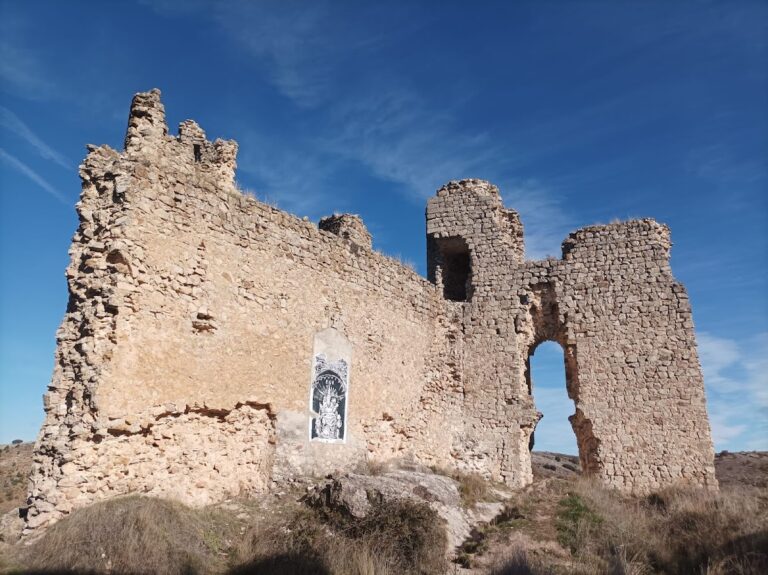Castle of Riba de Santiuste: A Medieval Fortress in Spain
Visitor Information
Google Rating: 4
Popularity: Very Low
Google Maps: View on Google Maps
Country: Spain
Civilization: Unclassified
Remains: Military
History
The Castle of Riba de Santiuste is located in the municipality of Riba de Santiuste in Spain. It was originally built in the 9th century during the Andalusian period by Muslim forces aiming to defend the area against the advancing Christian kingdoms from the north.
During the Early Middle Ages, the region where the castle stands was part of a contested frontier marked by frequent conflicts between various Taifa kingdoms—independent Muslim principalities—and Christian realms. The castle was integrated into a broader defensive system, linked with a nearby watchtower at Cerrillo de la Horca, to secure strategic control over the territory. In 917, the castle served as a refuge when troops under Ordoño II of León conducted raids in the area, forcing local inhabitants to seek safety within its walls.
The Christian Reconquista made its mark on the castle when Alfonso VI of León captured the territory in 1085. Several decades later, in 1129, Alfonso VII granted ownership of the fortifications and the village to the Bishopric of Sigüenza. Bernardo de Agén, the bishop at the time, invested in the castle’s renovation and expansion, strengthening its structure to enhance its defensive capabilities.
In the mid-15th century, the castle was a focal point of conflict when forces loyal to Infante Juan of Navarre seized it in 1451. From this stronghold, they threatened the nearby town of Sigüenza. The following year, the castle was retaken by troops dispatched by Bishop Fernando de Luján, restoring ecclesiastical control. The castle remained under such authority until its destruction in 1811 during the Peninsular War, when it was demolished amid the broader military confrontations with French forces.
In the 20th century, specifically in 1973, the Spanish state auctioned the ruined site, which was acquired by a private individual who undertook restoration efforts. Later, the castle was temporarily used by the cultural organization Nueva Acrópolis. Recognizing its historical importance, the castle was declared a Bien de Interés Cultural, a designation for cultural heritage sites in Spain, in 1992.
Remains
The castle occupies a commanding position atop a steep rocky outcrop overlooking the village of Riba de Santiuste and the valley of the Salado River. Its layout adapts closely to the natural terrain, forming an elongated enclosure roughly 90 by 12 meters in shape. The walls, built primarily from roughly cut stone blocks known as sillarejo, give the fortress a solid and austere character typical of early medieval military constructions. Some sections reflect later modifications dating from the late 12th and early 13th centuries, which strengthened the original structure.
The defensive enclosure features high battlemented walls that are punctuated at intervals by towers of varying sizes. Entry to the castle is situated on the northern side, reached via a narrow path that runs along the wall. Inside, the castle contains two cisterns, known as aljibes, designed to collect and store rainwater—a vital resource during sieges. The internal space is divided into three large compartments, with further subdivisions indicating smaller rooms arranged in two primary sections.
The southern portion, facing the village, includes a trapezoidal courtyard enclosed by battlemented walls that slope gently downward from a main tower. This area is flanked by two twin towers positioned at opposite corners, connected by a closing wall. This advanced defensive construction served both to impede attackers and provide vantage points for observing the slope below.
Extending northward from the northern tower, the castle’s defenses enclose an elongated triangular area that concludes in a distinctive pentagonal tower shaped like a spur. Despite the fortress being relatively smaller and showing signs of deterioration in comparison to other castles in the region, its preserved walls provide a clear and valuable example of medieval feudal fortifications. The remains stand as an important archaeological testament to the castle’s historical role in controlling the surrounding landscape.









